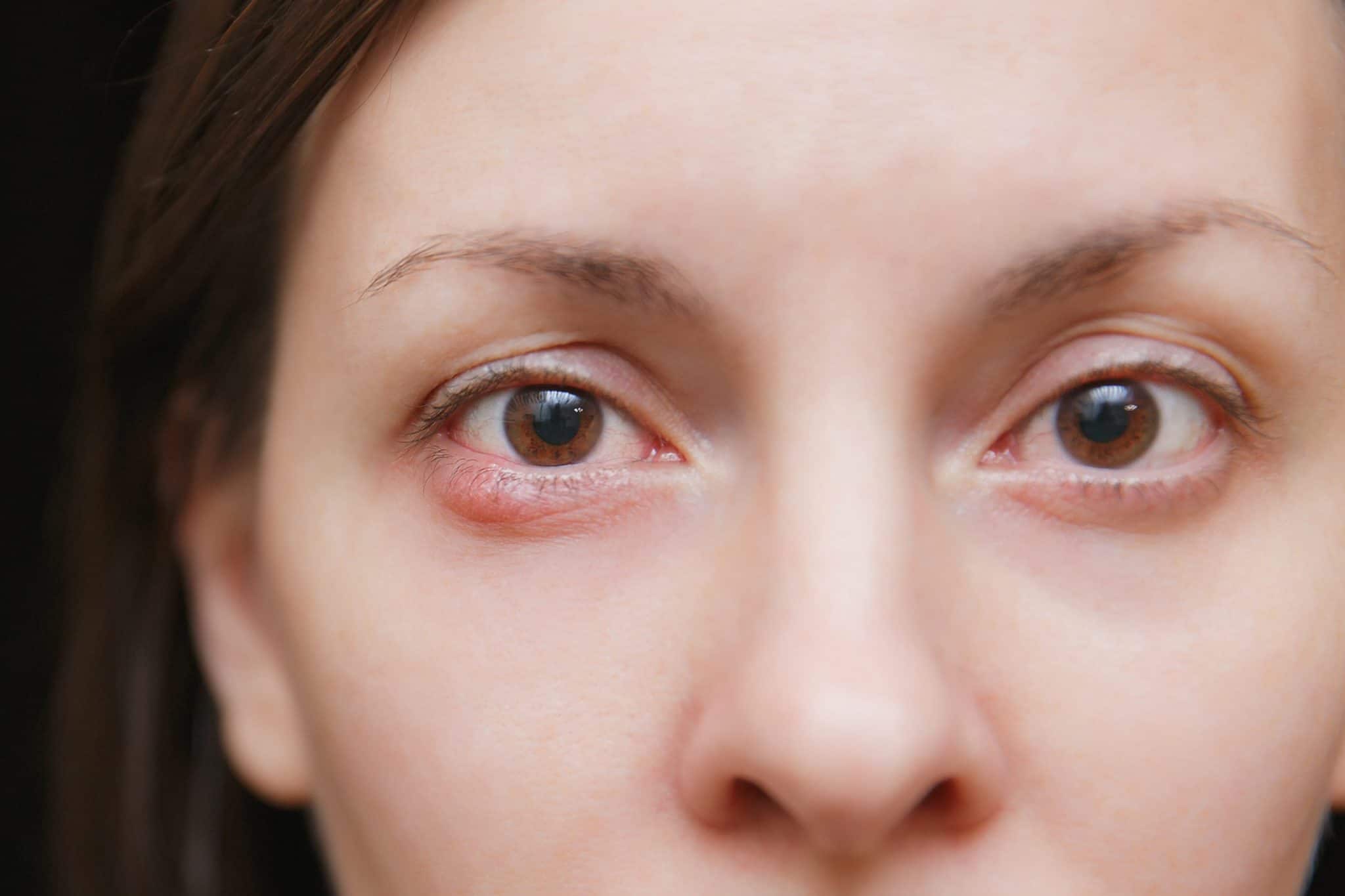I feel a bump on my eyelid: Top 3 causes
Eyelid bumps are usually caused by a blockage in the oil glands of the eyelid and can appear as a small lump on the water line. These bumps can be painful, painless, inflamed or red. Finding a bump on the eyelid might be alarming, but it is usually not a cause for concern; they also very rarely require medical attention. Watery eyes, sensitivity to light, discharge from the eye, changes in vision and trouble seeing are all common symptoms that are associated with a bump on the eyelid.

Top 3 common causes of eyelid bumps include:
1. Styes
When bacteria form a blockage in the eyelid’s oil glands, a stye can occur. It is characterized as a round, sometimes red lump and is the most common cause of a bump on the eyelid. Styes usually form near the eyelashes and can be both painless or sore; you can usually feel a stye when you blink, making blinking uncomfortable. Styes usually appear over a few days and can make your eye itch and become watery.
2. Chalazion
A chalazion, similar to a stye, is caused by a bacterial blockage in either your oil glands or your tear glands. It is usually bigger than a stye and covers more of your eyelid. Although usually painless, chalazions can cause changes in vision and can interfere with the movement of your eyelid, making blinking uncomfortable. A chalazion is different from a stye because a chalazion can grow to the size of a pea, is not painful, and can come back repeatedly.
3. Xanthelasma
Caused by a build-up of fat or cholesterol under the skin, xanthelasma are characterized as harmless, yellow bumps on the eyelid that usually affect adults. While they don’t pose a risk to the eye or skin, these bumps can be an indication that you have high cholesterol and this can lead to other health conditions. Unlike styes, episodes of xanthelasma do not go away on their own; they will either remain the same or get bigger over time.
When to consult your doctor
Although bumps on the eyelid are not usually an indication of a serious condition and can sometimes go away by themselves without treatment, they can also present troublesome symptoms. Make an appointment with your healthcare provider if your bump does not go away, gets worse, becomes increasingly painful, or is causing you concern. Alternatively, visit your local pharmacy and your pharmacist will advise you on what is best to do
Related articles





